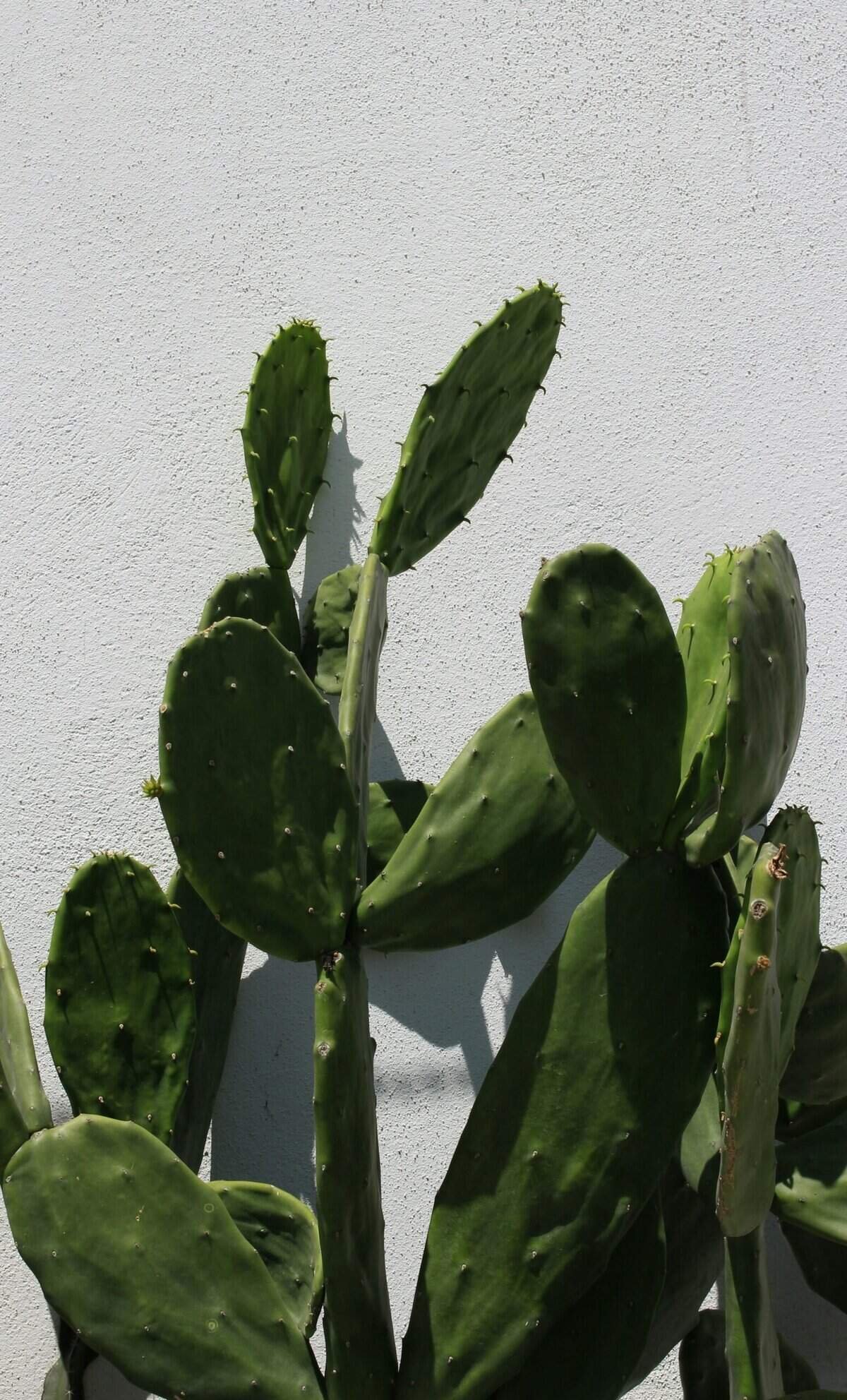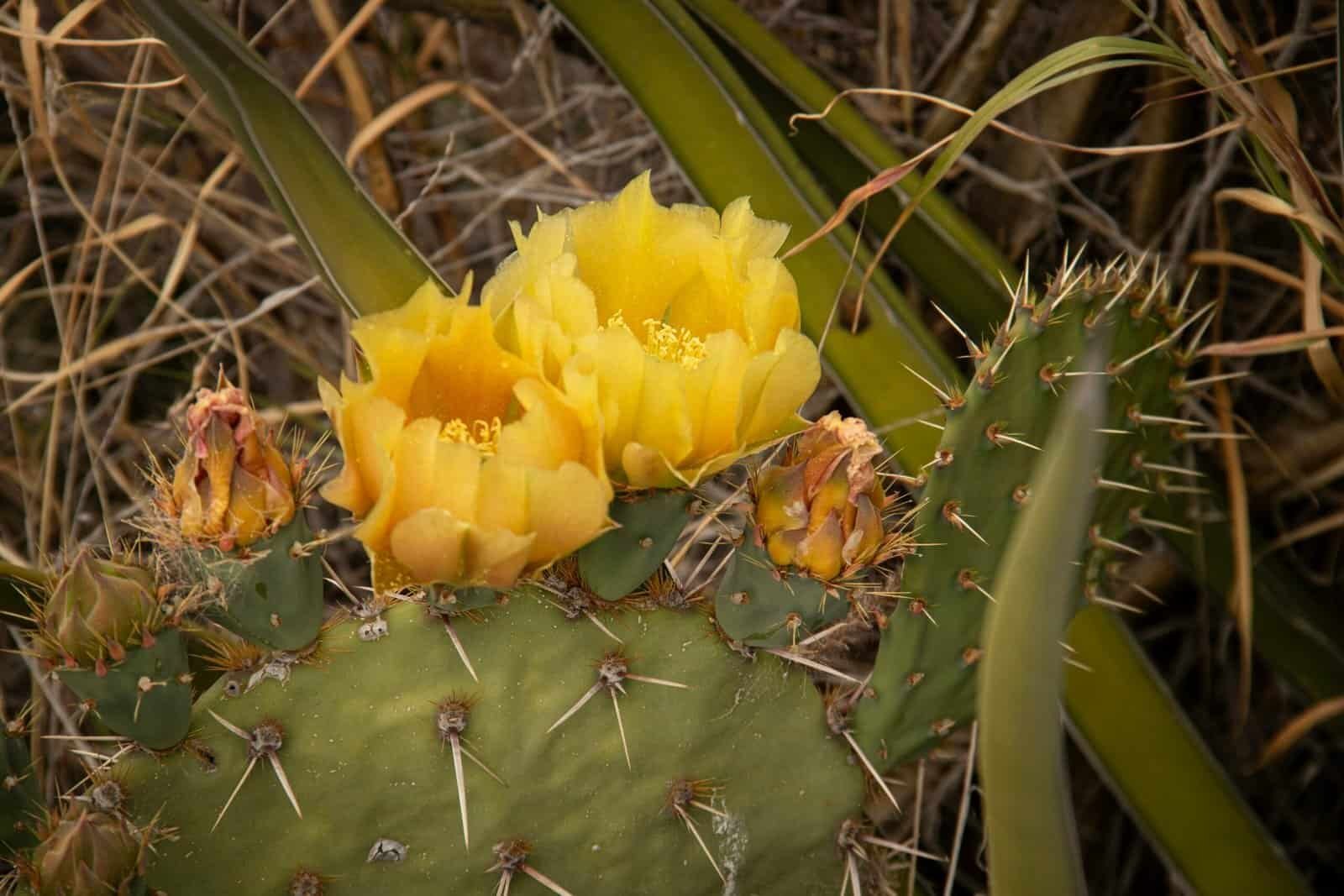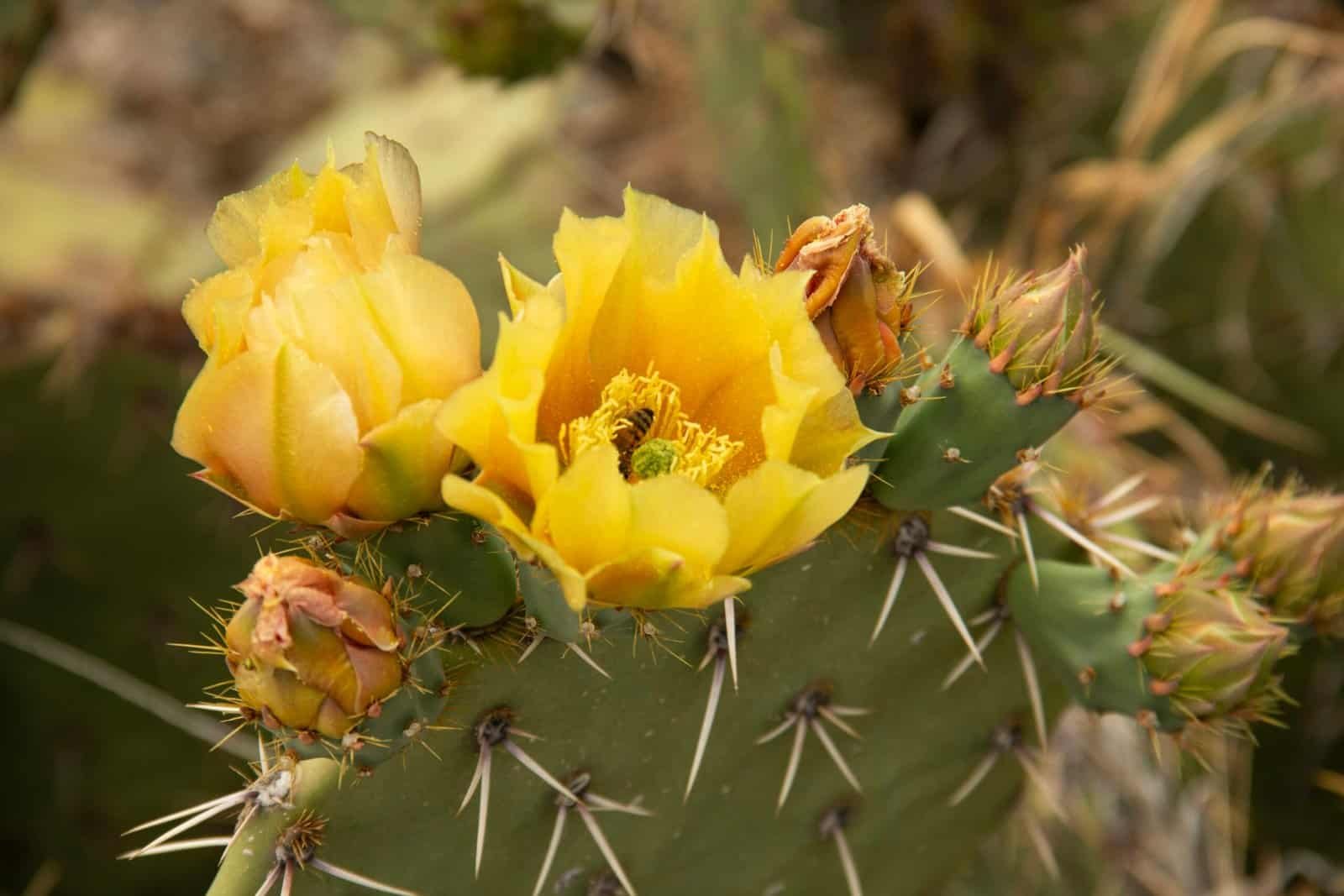Have you ever wondered how natural remedies can help manage cholesterol levels? One such surprising yet effective option is the Nopal cactus. Maybe you’ve heard of Nopal, or perhaps this is your introduction to a vibrant plant that has a place not just in your garden but potentially in your diet for health benefits. Known by many as prickly pear cactus, Nopal has been a staple in traditional medicines for generations. Yet, what makes it truly remarkable is its ability to aid in reducing cholesterol naturally. Let’s explore how incorporating this plant into your regimen could make a notable difference in your life.
What is Nopal Cactus?
The Nopal cactus, commonly known as Opuntia or prickly pear, belongs to the cactus family and is native to the arid regions of the Americas. It’s characterized by its flat, fleshy pads, which can be used in a variety of culinary and medicinal applications. Historically, indigenous peoples have harnessed its myriad uses, ranging from food to medicine.
The pads, known as “nopales,” and the fruit, called “tunas,” are both edible. Nopales can be incorporated into salads, soups, and many traditional dishes, particularly in Mexican cuisine. But beyond its culinary appeal, the Nopal cactus boasts a range of health benefits—cholesterol reduction being a significant one.
Understanding Cholesterol
Before delving into the relationship between Nopal and cholesterol, it’s essential to have a clear understanding of what cholesterol is. Cholesterol is a waxy substance found in your blood needed to build healthy cells. However, high levels of cholesterol can increase your risk of heart disease. It mainly comprises two types: Low-Density Lipoprotein (LDL) often referred to as ‘bad’ cholesterol, and High-Density Lipoprotein (HDL), known as ‘good’ cholesterol.
| Cholesterol Type | Characteristics |
|---|---|
| LDL | Can lead to artery blockage |
| HDL | Helps remove LDL from arteries |
Why Is High Cholesterol a Concern?
High levels of cholesterol, specifically LDL, can lead to the formation of plaque— a thick, hard deposit that can narrow the arteries and make them less flexible. This condition is known as atherosclerosis. If a clot forms and blocks one of these narrowed arteries, it may result in a heart attack or stroke.

How Does Nopal Cactus Aid in Cholesterol Reduction?
So, how exactly can Nopal cactus be a game-changer for your cholesterol levels? Scientific studies have shown that Nopal may have powerful effects on lowering LDL cholesterol and even triglycerides, another type of fat found in the blood.
Rich in Soluble Fiber
One of the key components of Nopal is its high soluble fiber content. Soluble fiber can bind with cholesterol particles in your digestive system and help remove them from your body, thereby lowering overall cholesterol levels.
Antioxidant Properties
Nopal cactus is loaded with antioxidants such as flavonoids, vitamin C, and vitamin E. These antioxidants combat free radicals and have an anti-inflammatory effect, which can help reduce the overall risk of cardiovascular diseases.
Pectin and Its Role
Nopal contains pectin, a type of soluble fiber particularly efficient in reducing LDL cholesterol levels. Pectin works by decreasing the absorption of fat in the bloodstream and thus serves as a natural method for managing cholesterol.
Scientific Studies Supporting Nopal’s Effectiveness
Various studies support the beneficial effects of Nopal cactus in managing cholesterol levels. One study showed that consuming Nopal can lead to a significant reduction in LDL cholesterol levels while boosting HDL cholesterol levels. Another study confirmed that regular consumption of Nopal cactus can reduce overall cholesterol by improving lipid profiles in individuals.
These findings suggest that Nopal cactus can indeed be an effective natural remedy for those striving to manage their cholesterol levels better without resorting to medications.

How to Incorporate Nopal Cactus into Your Diet
Knowing the benefits is one thing; incorporating Nopal into your daily routine is another. Fortunately, it’s relatively easy to add this superfood to your diet without any drastic changes.
Fresh Nopal Pads
You can use fresh Nopal pads, which are best when tender, in various dishes. They can be boiled, grilled or even steamed just like vegetables. They work wonderfully in salads, tacos, or scrambled eggs providing a unique flavor and health boost to any dish.
Nopal Powder
For those who may not have easy access to fresh Nopal, using Nopal in powdered form can be just as effective. This can be added to smoothies, juices, or any liquid. It’s a convenient alternative that still provides the rich nutrients and benefits of the fresh pads.
Nopal Supplements
Nopal supplements are available in capsule or tablet form for those more comfortable with this method. They offer an easy way to ensure you’re getting a consistent amount of the beneficial components of Nopal every day.
Potential Side Effects and Considerations
While Nopal cactus offers a bounty of benefits, it’s important to consider potential side effects and interactions, especially if you’re new to incorporating it into your diet.
Digestive Issues
Because of its high fiber content, eating large amounts of Nopal for the first time can lead to digestive issues such as bloating or diarrhea. It’s advisable to start with small amounts to see how your body reacts before increasing your intake.
Blood Sugar Levels
Nopal can lower blood sugar levels, making it particularly beneficial for people with type 2 diabetes. However, for this reason, it’s important for individuals taking blood sugar medication to consult their healthcare provider to avoid unintended interactions.
Allergic Reactions
Although rare, some people may experience an allergic reaction to Nopal. Symptoms can include itching, rash, or difficulty breathing. Discontinue use immediately and seek medical attention if this occurs.

Conclusion: Embracing Nopal for Better Heart Health
Incorporating Nopal cactus into your lifestyle can be a flavorful and beneficial way to aid in cholesterol reduction naturally. Its rich content of soluble fiber, antioxidants, and pectin can contribute to better heart health and overall better cholesterol levels.
However, like any dietary change, it’s crucial to introduce it thoughtfully and consider any personal health factors. Consulting with a healthcare professional can help ensure that Nopal fits comfortably into your wellness routine.
By exploring the potential of this exotic plant, you may find not only a reduction in cholesterol levels but also an enriched and diversified diet. Remember, small, consistent changes can lead to significant health benefits over time.

